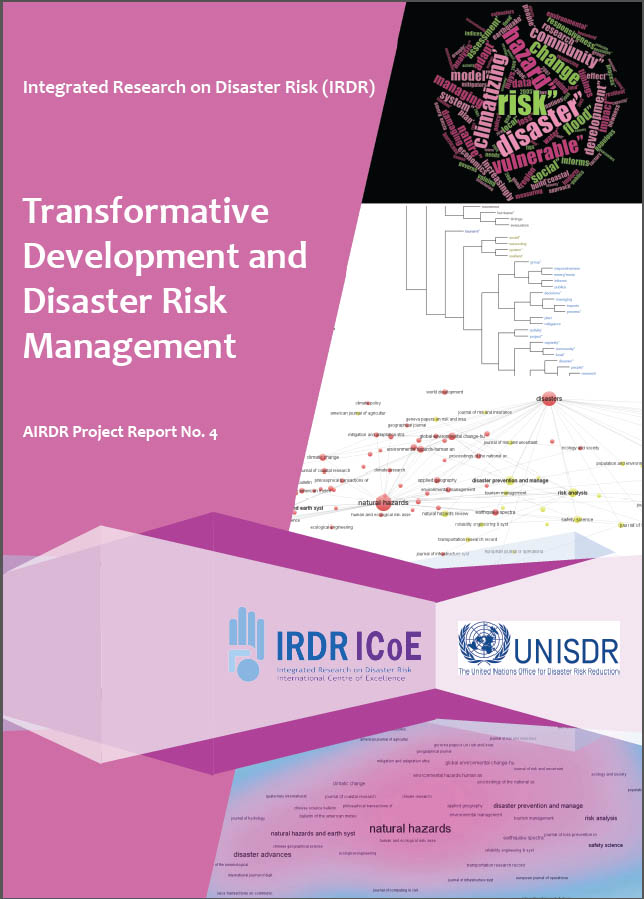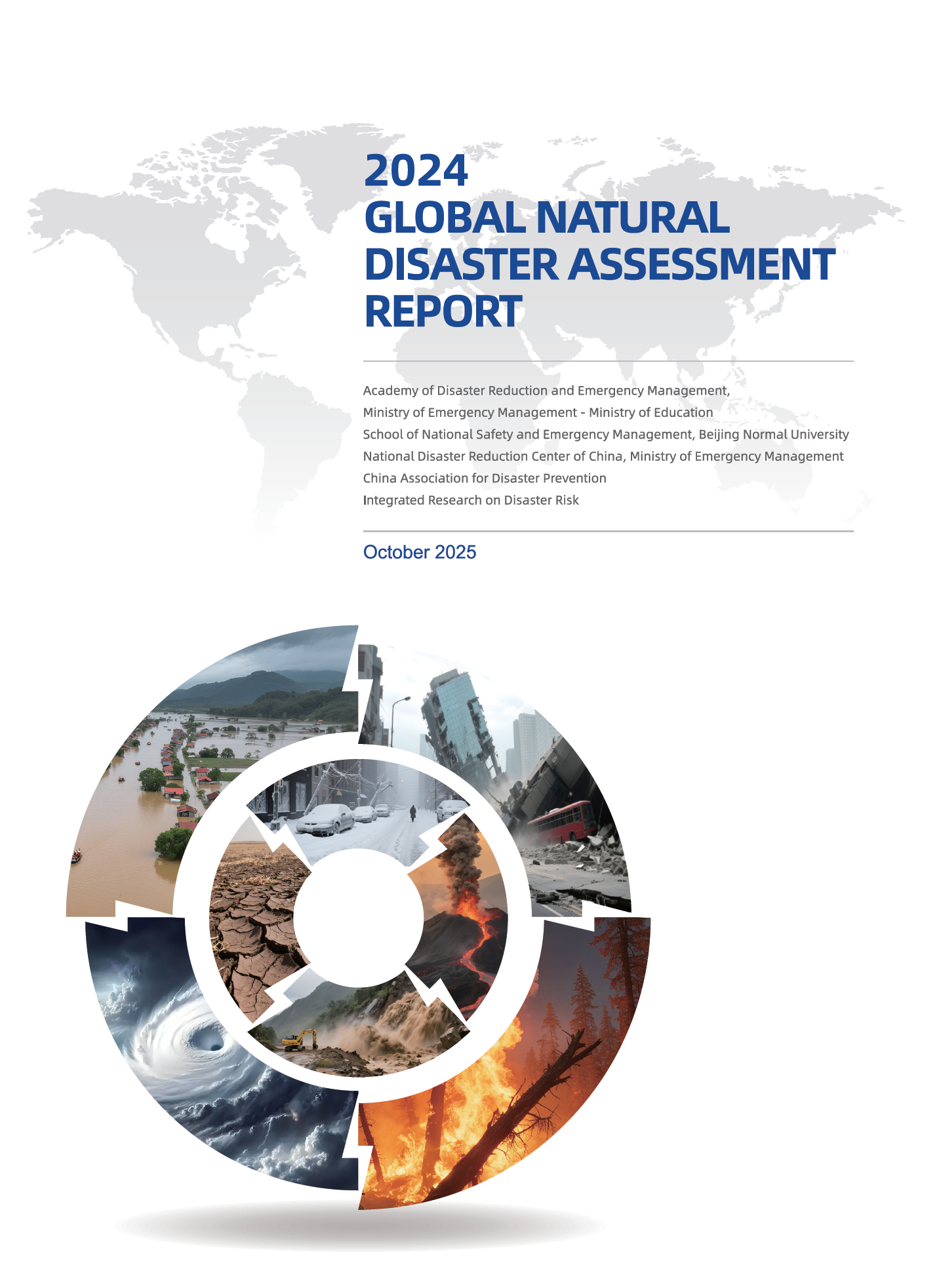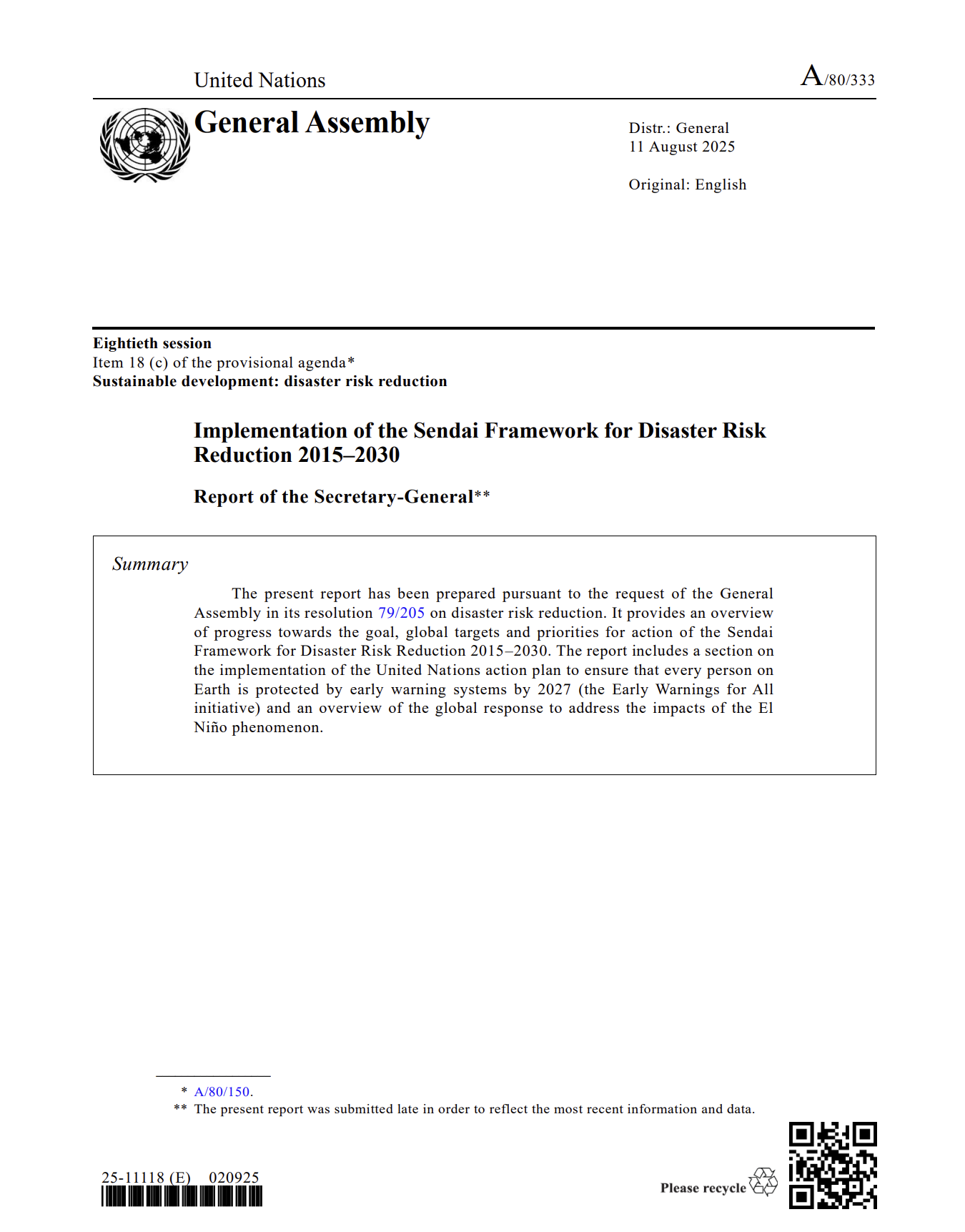Gall, M., S. L. Cutter, and K. Nguyen (2014). Transformative Development and Disaster Risk Management (IRDR AIRDR Publication No. 4). Beijing: Integrated Research on Disaster Risk.
The concept of transformation originated in the human dimensions of global change discourse and centred on the transformation of settlement patterns, technology, communications, economies and energy (Grunwald 2014), and the resultant human impact. The notion of large-scale transitions in these systems as a requirement for sustainability was initially explored not only in the Bruntland Report (World Commission on Environment and Development 1987), but also more forcefully articulated in a U.S. National Research Council report, Our Common Journey (1999), and more recently in the United Nations Development Programme (UNDP) report, Supporting Transformational Change (2011), and the Intergovernmental Panel on Climate Change (IPCC) report, Managing the Risks of Extreme Events and Disasters to Advance Climate Change Adaptation (2012).
In light of the connection between development and disaster risk reduction, it is important to explore what constitutes transformative disaster risk management. This literature review summarises our current scientific knowledge on the emerging field of transformative disaster risk management: what we know about the relationship between disaster risk management and development; how it has evolved over the past years; and where the research gaps are in our present knowledge. This overview builds on the efforts by the IRDR working group on the Assessment of Integrated Research on Disaster Risk (AIRDR) to provide the science-based evidence for the development of the post-2015 framework for disaster risk reduction (http://irdrinternational.org).
Five key policy questions are addressed in this review:
- How does transformation relate conceptually to research on vulnerability and resilience?
- What areas of disaster risk reduction have the potential to transform development?
- Do incremental steps of improved disaster risk management lead to transformed policy and practice?
- What are concrete development benefits of transformative disaster risk management?
- How can progress in disaster risk reduction and development be measured?






